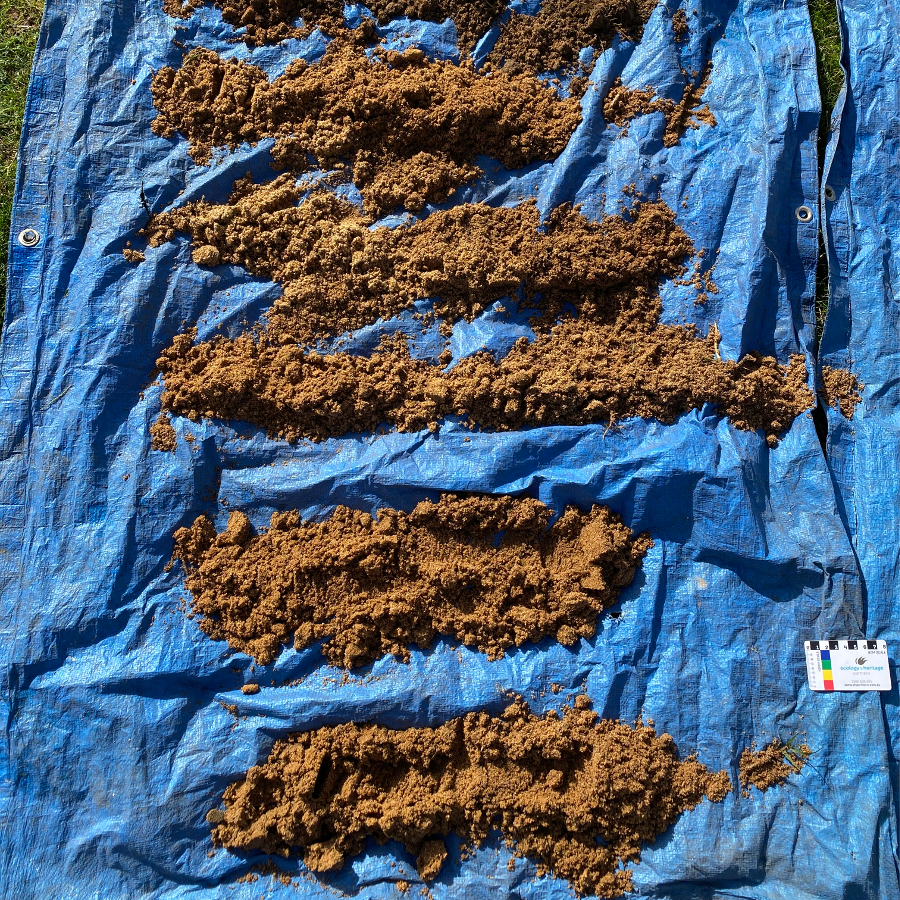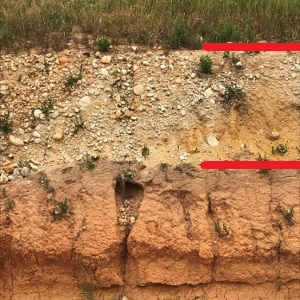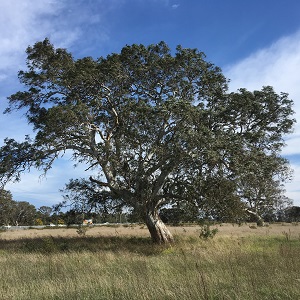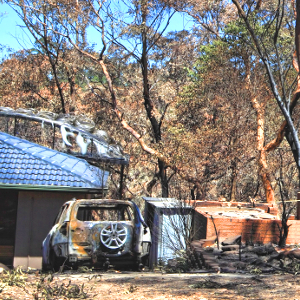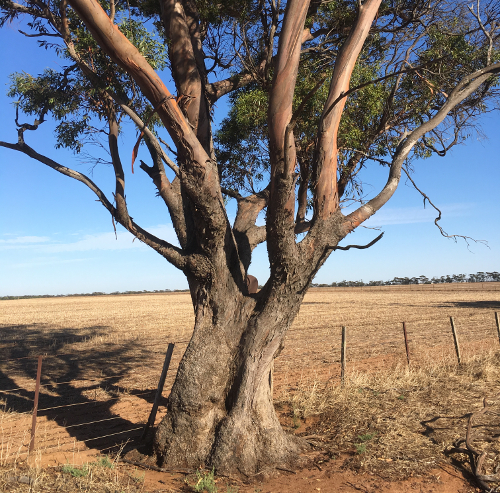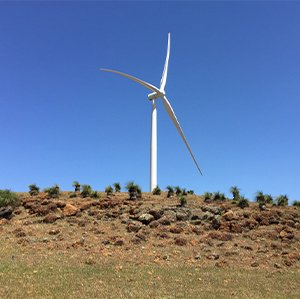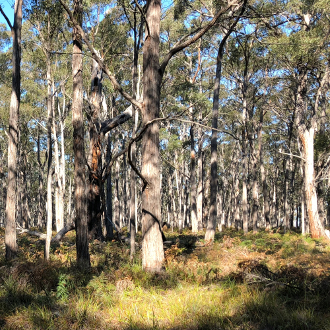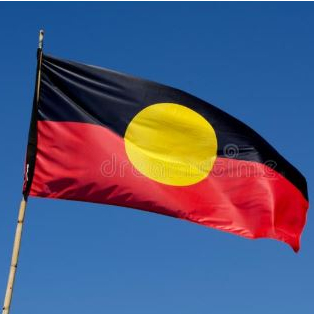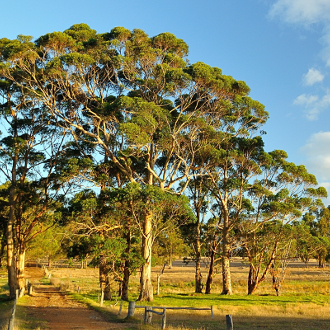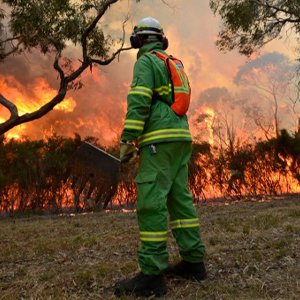VCAT Red Dot Decision: Biodiversity Value of Large Scattered Trees
Native Vegetation Matters: McDonald v West Wimmera SC (Red Dot) [2019] VCAT 70 (16 January 2019)
On 16 January 2019, the Victorian Civil and Administrative Tribunal (VCAT) published its decision for McDonald v West Wimmera SC (Red Dot) [2019] VCAT 70. This case involved the review of a decision to grant a permit by West Wimmera Shire Council for the removal of 23 scattered Grey Box Eucalyptus macrocarpa trees from a 257 hectare farming property west of Kaniva. The property is currently farmed under crops, with the purpose of removing the trees to allow for easier, more efficient and safer access for agricultural machinery for cropping activities.
The key issue in this case was whether the removal of native vegetation was acceptable having regard to recent (December 2017) changes to policy and regulations governing the removal, destruction or lopping of native vegetation, which included a shift towards greater recognition of the biodiversity value of large scattered trees and endangered vegetation types.
This case exhibited many similarities to McDonald v West Wimmera SC [2017] VCAT 1298, with both involving the removal of a similar number of scattered native trees associated with improving cropping efficiency. However, the 2017 case was assessed under the 2013 version of Victoria’s native vegetation policy, and with several key changes made to the amended 2017 policy, the decision in the 2019 case was set aside.
Reasons for the Decision
The decision of Member Harty was reinforced by the 'subtle, yet significant shift in the following policies of the Planning Policy Framework (PPF)':- The broader objectives of Clause 12 which refer to the protection and conservation of all of Victoria’s biodiversity, and the wider application of the three-step approach of avoiding the removal of native vegetation, minimising impacts where avoidance cannot be achieved, and providing a compensatory offset for native vegetation removal.
- The local policy at Clause 21.07 – Environment, which reflects the reduction in the extent of native vegetation on private land within the West Wimmera Shire, and recognises the need to control the loss of native vegetation and associated habitat, whereby it is estimated that only 3% of the original vegetation remains intact within the Shire.
- The greater value that scattered trees, and particularly, Large Trees play in a cleared, rural landscape not being adequately reflected in the default condition score (0.2/1) attributed to these values under Victoria’s native vegetation policy.
- The scattered trees comprising a component of an Ecological Vegetation Class (EVC) classified as ‘endangered’ in Victoria.
- The proposed offset not adequately compensating for the proposed loss of Large Trees in an endangered EVC.
Implications of the Decision
The shift in the 2017 native vegetation policy has resulted in the application of the avoidance principle to all native vegetation proposals, rather than only those where the native vegetation made a significant contribution to Victoria’s biodiversity (2013 policy). The proponent’s ‘avoid and minimise statement’ did not clearly establish whether trees of greater ecological value (i.e. hollow bearing, ‘stepping stones’) were prioritised for retention, nor consider how or whether the endangered EVC (to which the trees are attributed to), was considered in the design of the proposal.
Further, although the land has been cropped and it is anticipated that it will continue to be cropped, the Tribunal found, on the basis of the proponent’s submissions and proportionate area occupied by the trees at issue, that the area at issue was not critical in terms of economic outcomes (thereby not undermining the land use and the proponent’s enterprise).
The assessment placed an over reliance on the modelled value of the scattered trees, resulting in an assessment that did not recognise the greater value of large trees in a cleared landscape associated with an endangered EVC.
This decision emphasises the importance of accurately incorporating local-scale on-site information in addition to the state-wide modelled data when determining the intrinsic value of ecological features, particularly in a rural landscape.
While this decision is particularly relevant to future applications in cleared landscapes throughout rural Victoria, it may be less relevant to applications in urban landscapes where although highly fragmented and often cleared, the presence of other features (planted and non-native vegetation, artificial roosting habitat) means that the importance of scattered trees, and their role as ‘stepping stones’ in the urban mosaic is somewhat diminished.
However, it is clear that all future applications proposing to remove, destroy or lop native vegetation must adequately assess the biodiversity value of native vegetation, and provide compelling justification if impact avoidance and/or minimisation cannot be demonstrated on those features that are assessed of being of the highest ecological value.
Further Information
To find out more about the decision or to discuss the implications for your project, please contact our team on 1300 839 325.
This article was prepared by Senior Ecologist, Shannon LeBel. It appeared in the Victorian Planning and Environmental Law Association's Revue magazine, June 2019.

